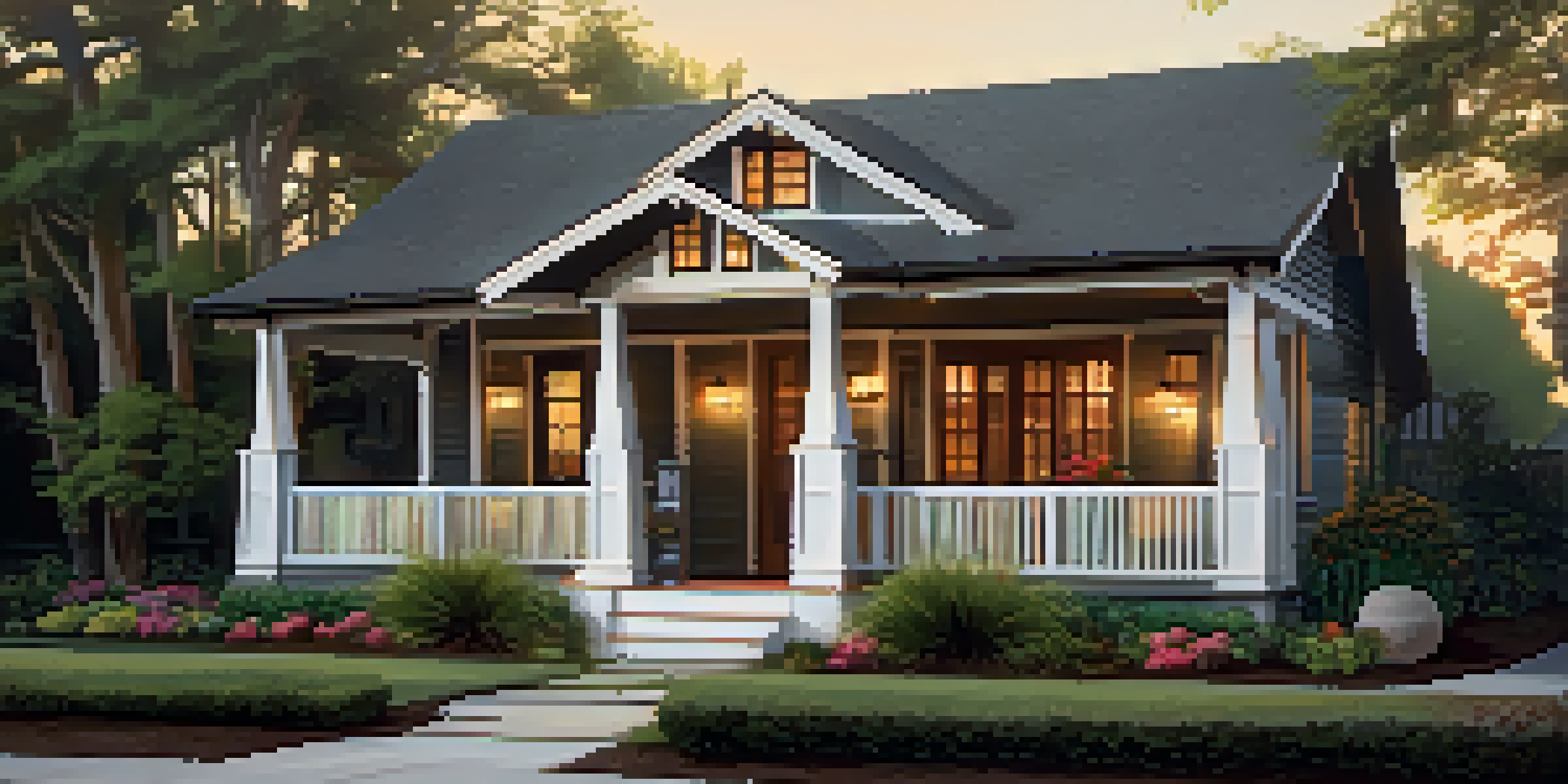The Architectural Styles of Phoenix's Historic Districts

Introduction to Phoenix's Historic Architectural Landscape
Phoenix boasts a rich architectural heritage that's a testament to its history and culture. The historic districts showcase a variety of styles, reflecting different eras and influences. From the early settlers to modern developments, each building tells a story and adds to the city's unique charm.
The Allure of Territorial Style in Phoenix
Territorial style is one of the most iconic architectural styles found in Phoenix. Originating in the mid-19th century, this style is characterized by its adobe walls, wooden beams, and flat roofs. As you wander through the historic districts, you'll notice how these elements create a warm and inviting atmosphere, reminiscent of the region's early days.
Diverse Architectural Styles
Phoenix's historic districts feature a rich variety of architectural styles, each reflecting unique cultural influences and historical significance.
The Elegance of Mission Revival Architecture
Mission Revival architecture is another prominent style in Phoenix, drawing inspiration from Spanish colonial missions. This style features stucco exteriors, arched doorways, and red-tiled roofs, evoking a sense of history and tradition. As you explore areas like the Willo Historic District, you'll see how these buildings blend beautifully with the desert landscape.
Exploring the Richness of Craftsman Style
Craftsman architecture, with its emphasis on handmade details and natural materials, adds a cozy charm to Phoenix's historic districts. Characterized by exposed beams, large porches, and built-in furniture, this style promotes a sense of craftsmanship. Walking through neighborhoods like the F.Q. Story District, you can appreciate the meticulous attention to detail that defines these homes.
Importance of Preservation
Efforts to preserve Phoenix's architectural heritage are essential for maintaining the city's identity and ensuring future generations can appreciate its history.
The Modernist Movement's Impact on Phoenix
The Modernist movement brought a wave of innovation to Phoenix's architectural scene in the mid-20th century. Characterized by clean lines, open spaces, and a focus on functionality, Modernist buildings stand in stark contrast to their historical counterparts. This style represents a shift towards embracing the future while respecting the past, evident in areas like the Arcadia neighborhood.
Art Deco: A Bold Statement in Architecture
Art Deco architecture adds a touch of glamour to Phoenix's historic districts, with its bold geometric shapes and vibrant colors. Emerging in the 1920s and 30s, this style is often associated with luxury and sophistication. As you stroll down streets adorned with Art Deco buildings, you'll find a delightful blend of aesthetics that capture the spirit of the Jazz Age.
Modernism Meets Tradition
The Modernist movement introduced innovative designs to Phoenix, creating a striking contrast with traditional styles while honoring the city's architectural past.
Preservation Efforts for Historic Architecture
Preserving Phoenix's architectural history is crucial for maintaining the city's identity. Numerous organizations and local government initiatives work tirelessly to protect these historic districts from modern encroachments. These efforts not only safeguard the physical structures but also ensure future generations can appreciate the rich tapestry of styles that define Phoenix.
Conclusion: Celebrating Phoenix's Architectural Diversity
Phoenix's historic districts are a treasure trove of architectural styles, each contributing to the city's narrative. From Territorial to Art Deco, the variety reflects a blend of cultures and historical influences. As you explore these neighborhoods, take a moment to appreciate the artistry and stories behind each building, celebrating the diversity that makes Phoenix unique.